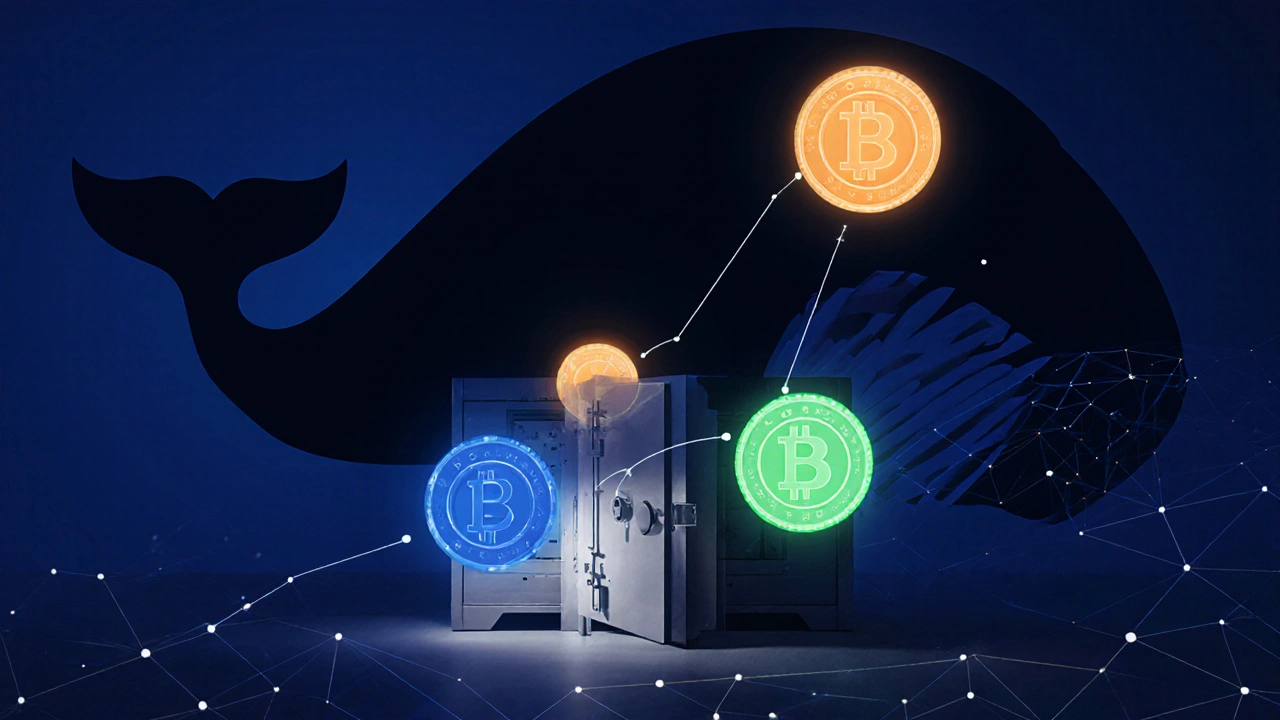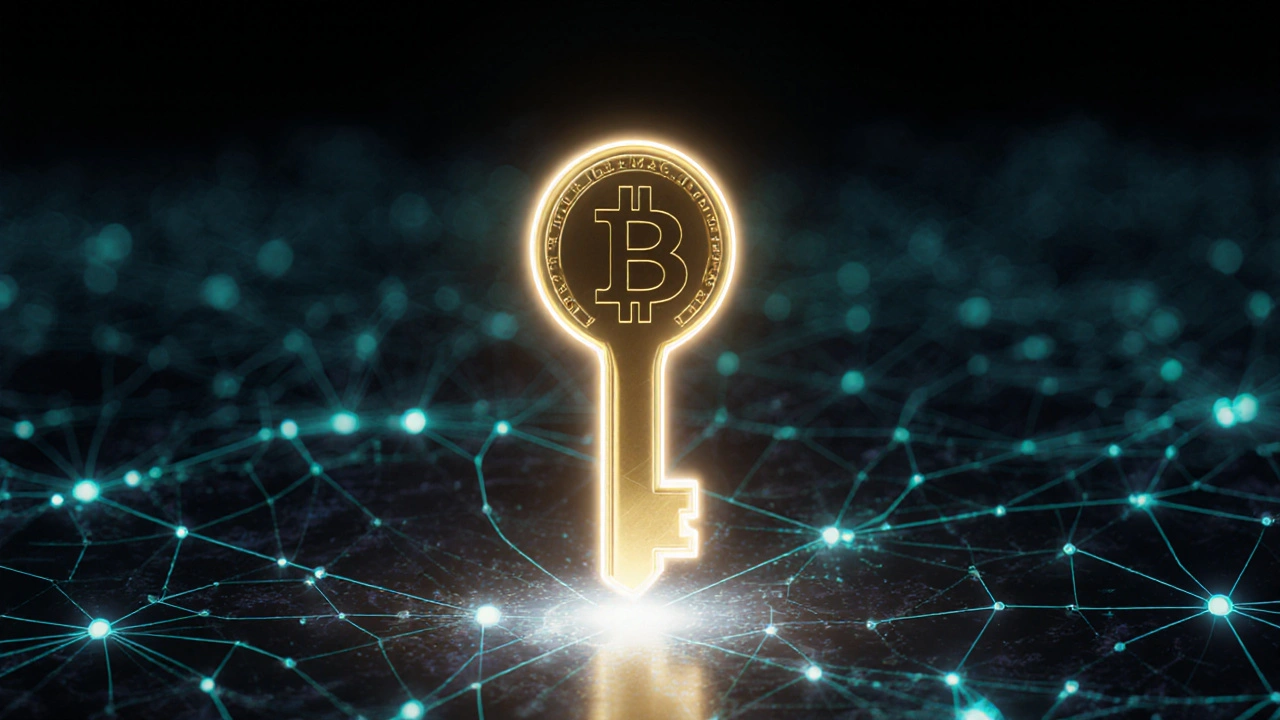When you start digging into decentralized finance (DeFi), you’ll quickly hear the term “governance token.” It’s not just another crypto asset - it’s the key that lets a community steer a protocol’s future.
Key Takeaways
- Governance tokens let holders vote on protocol changes and fund allocation.
- They are usually issued by a Decentralized Autonomous Organization (DAO) that runs the DeFi project.
- Voting power often depends on the amount of tokens you lock (stake) or hold.
- Risks include voter apathy, token concentration, and the possibility of hostile takeovers.
- Evaluating a token means looking at its distribution, utility, and the DAO’s track record.
What Is a Governance Token?
Governance Token is a type of crypto asset that grants its holder the right to participate in on‑chain decision making. In practice, this means you can propose changes, cast votes, and sometimes earn rewards for active participation. The token’s purpose is distinct from pure speculation - it’s a tool for community‑driven control.
How Do Governance Tokens Work in DeFi?
Most DeFi projects are run by a Decentralized Autonomous Organization (DAO). The DAO’s code lives on a blockchain, and the governance token acts as the DAO’s membership badge. Here’s a typical flow:
- Token holders lock (stake) their tokens in a voting contract.
- A proposal is submitted - it could be a parameter tweak, a new feature, or a budget request.
- All staked holders cast their votes. The weight of each vote is usually proportional to the amount of tokens staked.
- If the proposal meets the quorum and passes, the smart contract automatically executes the change.
The process is transparent, immutable, and executed without a central authority, which is why many call it “on‑chain governance.”

Common Use Cases for Governance Tokens
DeFi protocols use these tokens for several practical reasons:
- Parameter Adjustments - changing interest rates, fee structures, or collateral ratios.
- Fund Allocation - deciding how treasury assets are spent on grants, marketing, or ecosystem incentives.
- Protocol Upgrades - approving new contract versions or adding modules.
- Staking Rewards - rewarding users who lock tokens as a way to align interests and improve security.
Risks and Drawbacks
While governance tokens sound democratic, they come with real challenges:
- Voter Apathy - many holders never vote, so a small minority can sway decisions.
- Token Concentration - if a handful of wallets hold a large share, they can dominate outcomes.
- Hostile Takeovers - an attacker can acquire enough tokens to pass malicious proposals.
- Technical Complexity - proposals may require deep knowledge of smart‑contract code, which most users lack.
How to Evaluate a Governance Token
If you’re considering holding or using a governance token, run through this checklist:
- Distribution Model: Is the token reasonably decentralized, or is a single entity controlling most supply?
- Voting Mechanism: Does the protocol use simple majority, quorum thresholds, or time‑locked voting?
- Historical Governance Activity: Look at past proposals - were they meaningful, and did they improve the platform?
- Incentive Alignment: Are active voters rewarded, and is the reward structure sustainable?
- Security Audits: Has the DAO’s smart‑contract code been audited by reputable firms?

Governance Token vs. Utility Token vs. Security Token
| Feature | Governance Token | Utility Token | Security Token |
|---|---|---|---|
| Primary Purpose | Enable voting and protocol decisions | Access services or products within a platform | Represent ownership of an underlying asset |
| Regulatory Treatment | Often unregulated, but can attract scrutiny | Generally unregulated | Subject to securities laws |
| Value Driver | Governance influence and potential rewards | Utility and demand for platform services | Dividends, profit‑sharing, or asset appreciation |
| Typical Holders | Community members, investors, developers | Platform users and speculators | Accredited investors, institutions |
Real‑World Examples
Here are three of the most talked‑about governance tokens as of 2024:
- UNI (Uniswap) - holders can vote on fee structures, token listings, and treasury grants. Over 1.2million UNI tokens are staked daily.
- COMP (Compound) - gives voting rights on interest‑rate models and policy changes. COMP distribution rewards active participants.
- AAVE (Aave) - token holders decide on new asset listings, risk parameters, and ecosystem funding. Aave’s DAO has a “staking‑to‑vote” model that locks tokens for 30days.
All three tokens illustrate how voting power, staking incentives, and treasury control intertwine to shape a protocol’s direction.
Frequently Asked Questions
What exactly can I vote on with a governance token?
You can vote on protocol upgrades, fee adjustments, new asset listings, treasury spending, and even changes to the voting mechanics themselves. The exact scope depends on the DAO’s smart‑contract design.
Do I need to lock my tokens to vote?
Most DAOs require you to stake (lock) your tokens in a voting contract. Staking proves commitment and usually prevents double voting. Some newer DAOs allow “snapshot” voting where tokens are recorded at a specific block height without locking.
Can I lose money if a proposal fails?
The act of voting doesn’t cost money, but if you’ve staked tokens, you might be unable to use them elsewhere during the voting period. Additionally, a poorly chosen proposal could hurt the protocol’s value, indirectly affecting your token price.
How is voting power calculated?
Typically it’s a linear function of the number of tokens you lock: more tokens equal more weight. Some DAOs use quadratic voting, where the marginal influence of each additional token diminishes, aiming to reduce whale dominance.
Are governance tokens taxed?
Tax treatment varies by jurisdiction. In the U.S., receiving tokens as a reward may be ordinary income, while selling them triggers capital gains. Always consult a tax professional for personal advice.

